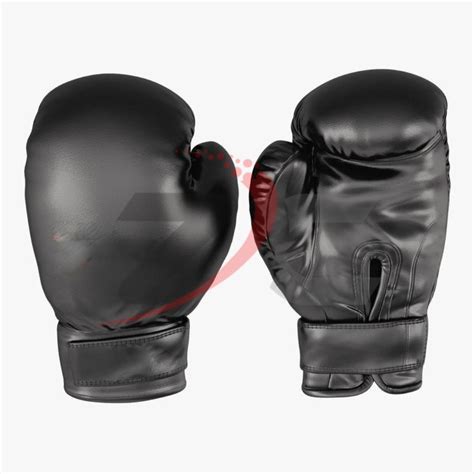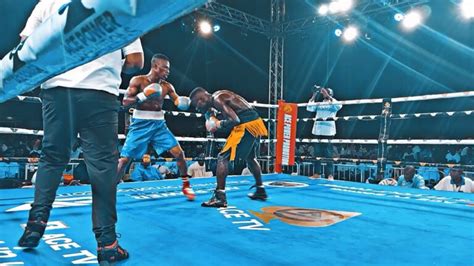Discover how to choose the perfect boxing gloves by understanding your style, assessing hand size, exploring types, and budgeting wisely.Choosing the right boxing gloves can significantly impact your performance and safety in the ring or during training sessions. With a myriad of options available, it’s essential to understand your unique needs and preferences to make an informed decision. This guide will navigate you through the crucial factors such as understanding your boxing style, assessing your hand size for the perfect glove fit, and exploring different glove types suitable for various purposes. Additionally, we will discuss the best materials to consider, maximizing your budget without compromising on quality, and address common questions to ensure you have all the information necessary to choose the perfect pair. Whether you’re a beginner or an experienced fighter, finding the right boxing gloves will elevate your game and enhance your overall experience.
Understanding Your Boxing Style To Choose The Right Gloves
Choosing the right boxing gloves greatly depends on your personal boxing style. Understanding how you typically train and compete can guide you toward the best glove option for your needs.
Below are some common boxing styles and how they influence your glove selection:
| Boxing Style | Recommended Glove Type | Key Features |
|---|---|---|
| Sparring | Training Gloves | More padding for safety; typically 14 oz or higher |
| Heavy Bag Training | Bag Gloves | Less padding for better impact feedback; often 10 oz to 12 oz |
| Competition | Competition Gloves | Minimalist design; typically lighter weights (8 oz to 10 oz) |
| Fitness Boxing | All-Purpose Gloves | Versatile, good for both bag work and sparring; usually around 12 oz |
When you think about how to enhance your skills, it’s essential to align your equipment with your boxing approach. If you’re someone who focuses on striking power and technique, you might prefer lighter gloves that allow for faster hand movement. Conversely, if you’re more concerned with protecting yourself during sparring sessions, opting for a heavier glove with more padding could be ideal.
Always consider your specific training regime, whether it leans more towards speed, power, or a combination of both, when selecting gloves. Tailoring your choice to fit your boxing style will not only enhance your performance but also ensure comfort and safety in your training sessions.
Assessing Your Hand Size For Optimal Boxing Glove Fit
Choosing boxing gloves that fit properly is essential for both comfort and performance in the ring. An ill-fitting glove may lead to poor technique or, worse, injuries. Here’s how to assess your hand size effectively to find the right boxing gloves for you.
To start, you will need a measuring tape or a ruler to determine your hand size accurately. Follow these simple steps:
According to the standard size chart used in boxing, the following guidelines can help relate your hand measurements to glove size:
| Hand Size (inches) | Recommended Glove Size |
|---|---|
| Up to 7 inches | 8 oz |
| 7-8 inches | 10 oz |
| 8-9 inches | 12 oz |
| 9-10 inches | 14 oz |
| 10+ inches | 16 oz |
Keep in mind that glove sizes may vary slightly based on the brand and model, so it’s always a good practice to try them on where possible. Additionally, if you prefer to wear hand wraps, consider the extra volume they add when choosing your glove size. A snug fit is essential, but it should not be too tight to cause discomfort.
Remember that finding the right boxing gloves is a matter of personal preference based on your style, goals, and even the training environment. A comfortable glove can significantly enhance your training experience and performance in the ring.
Exploring Different Glove Types: Bag, Sparring, and Competition
When learning how to choose the right boxing gloves, it’s vital to understand the different types of gloves available, as each is designed for specific uses in the sport. Here’s a breakdown of the three main types:
- Bag Gloves: These gloves are designed primarily for heavy bag workouts. They often feature less padding, which allows for more freedom of movement and better feel during training. These gloves are great for enhancing punching speed and technique, but they are not suitable for sparring due to their reduced protection.
- Sparring Gloves: Sparring gloves are padded more extensively to ensure safety during training with a partner. They typically have a weight ranging from 14 oz to 18 oz, facilitating cushion against impacts. These gloves allow for controlled sparring and are a critical part of any boxer’s training arsenal to practice techniques safely.
- Competition Gloves: These are specifically designed for use in matches and competitions. They provide a balance of protection and punch speed, usually having less padding than sparring gloves (around 8 oz to 10 oz). It is crucial to select competition gloves that meet the regulations of the governing body of your sport, ensuring you’re prepared for any match.
Understanding the differences between these glove types will help you make an informed decision regarding your training needs. Remember, the right choice not only enhances performance but also helps in avoiding injuries during practice and competitions.
How To Select The Best Material For Your Boxing Gloves
Choosing the right material for your boxing gloves is essential for performance, comfort, and durability. Various materials are used to manufacture boxing gloves, and understanding their properties can help you make the best choice for your needs.
Here are the most common materials used in boxing gloves:
- Leather: Genuine leather gloves are often considered the gold standard due to their durability and comfort. They conform well to your hand and provide excellent protection. However, they can be more expensive and require proper care to maintain their longevity.
- Synthetic Leather: These gloves are typically more affordable than genuine leather options. They are made from materials like polyurethane, which can mimic the feel of real leather. While they may not last as long as genuine leather gloves, they offer good performance for those on a budget.
- Vinyl: Vinyl gloves are often the least expensive option and are suitable for beginners or those who train occasionally. However, they lack the breathability and durability of leather and synthetic leather gloves, making them less ideal for serious training.
When selecting gloves, consider the type of training you’ll be doing. If you train regularly or compete, investing in high-quality leather gloves may provide the best long-term value. For fitness enthusiasts or casual boxers, synthetic materials can still offer protection and comfort without breaking the bank.
The right material will depend on your personal preferences, budget, and how often you plan to use the gloves. Selecting a pair that combines quality materials with your specific needs will enhance your boxing experience.
Budgeting Smartly While Choosing Quality Boxing Gloves
When it comes to selecting the right boxing gloves, creating a budget is crucial to ensure you get quality without overspending. Here are some tips on how to budget effectively:
Budgeting smartly allows you to make an informed decision while ensuring that you acquire gloves that meet both your performance needs and financial expectations. By following these tips, you can effectively manage your spending and find the right pair of gloves that enhance your boxing journey while staying within your financial limits.
Frequently Asked Questions
What should I consider first when choosing boxing gloves?
The first thing to consider is your training purpose, whether it’s for sparring, bag work, or competition.
What does glove weight mean and how does it affect my choice?
Glove weight, typically measured in ounces, indicates the amount of padding and protection; heavier gloves (14-16 oz) are often used for sparring, while lighter gloves (8-12 oz) are favored for competition or bag work.
Are there different types of boxing gloves?
Yes, there are several types, including training gloves, sparring gloves, bag gloves, and competition gloves, each designed for specific purposes.
How do I determine the right size for boxing gloves?
To determine the right size, you should consider the circumference of your hand, typically measured in inches, which correlates with the glove size (e.g., small, medium, large).
What materials are boxing gloves typically made from?
Boxing gloves are usually made from either synthetic materials or genuine leather, with leather being more durable and providing a better fit over time.
How important is the fit of the boxing gloves?
The fit is crucial; gloves that are too tight can restrict movement and blood circulation, while gloves that are too loose may not provide adequate protection.
Should I try on boxing gloves before purchasing them?
Yes, trying on gloves is highly recommended to ensure comfort, fit, and to assess how they feel during movement.










Great article! I found it really helpful when trying to choose my first pair of boxing gloves. I never knew how important the fit was until I tried to train with a pair that was too tight. But I wonder, what if someone has larger hands but prefers lighter gloves for speed? Is there a way to balance between weight and fit?